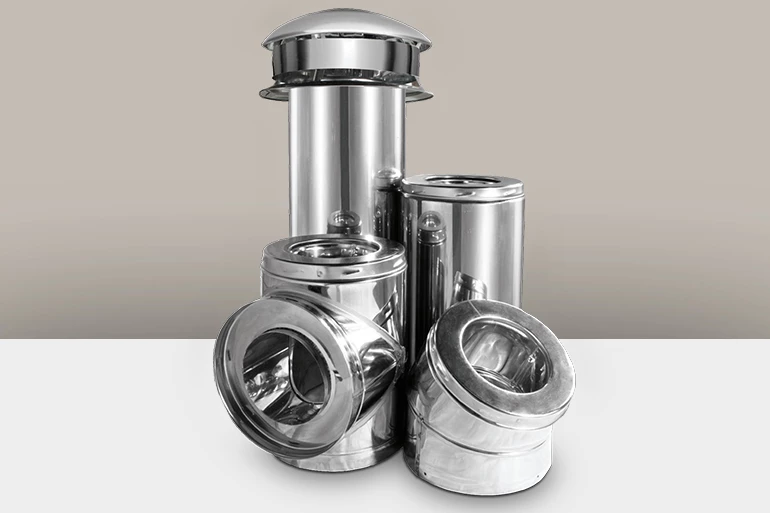Duratech Chimney Pipe Installation Guide
Duratech by Simpson Duravent is an all-fuel chimney system for use with wood stoves, fireplaces, furnaces, boilers, ranges, water heaters, or other appliances fueled by wood, oil, coal, or gas, and zero-clearance fireplaces that are factory-built. Duratech chimney systems are designed for normal, continuous operation at 1000° F flue gas temperatures, DuraTech is subjected to rigorous and stringent HT requirements of the UL standard, including one hour at 1400° F, plus three ten minute chimney fire tests at 2100° F. Duratech chimney systems are c-UL-us Listed to UL 103 and ULC S604 (MH7399) (Stainless steel outer wall required for installation in Canada).
With a Thermal Tech blanket insulation encased between dual walls, DuraTech chimney systems offer the optimum in safety and performance. It keeps the outer wall of the chimney cool, while ensuring high flue gas temperatures for optimum draft performance. The inner wall is 25% thicker than competitive chimneys for an extra margin of safety.


